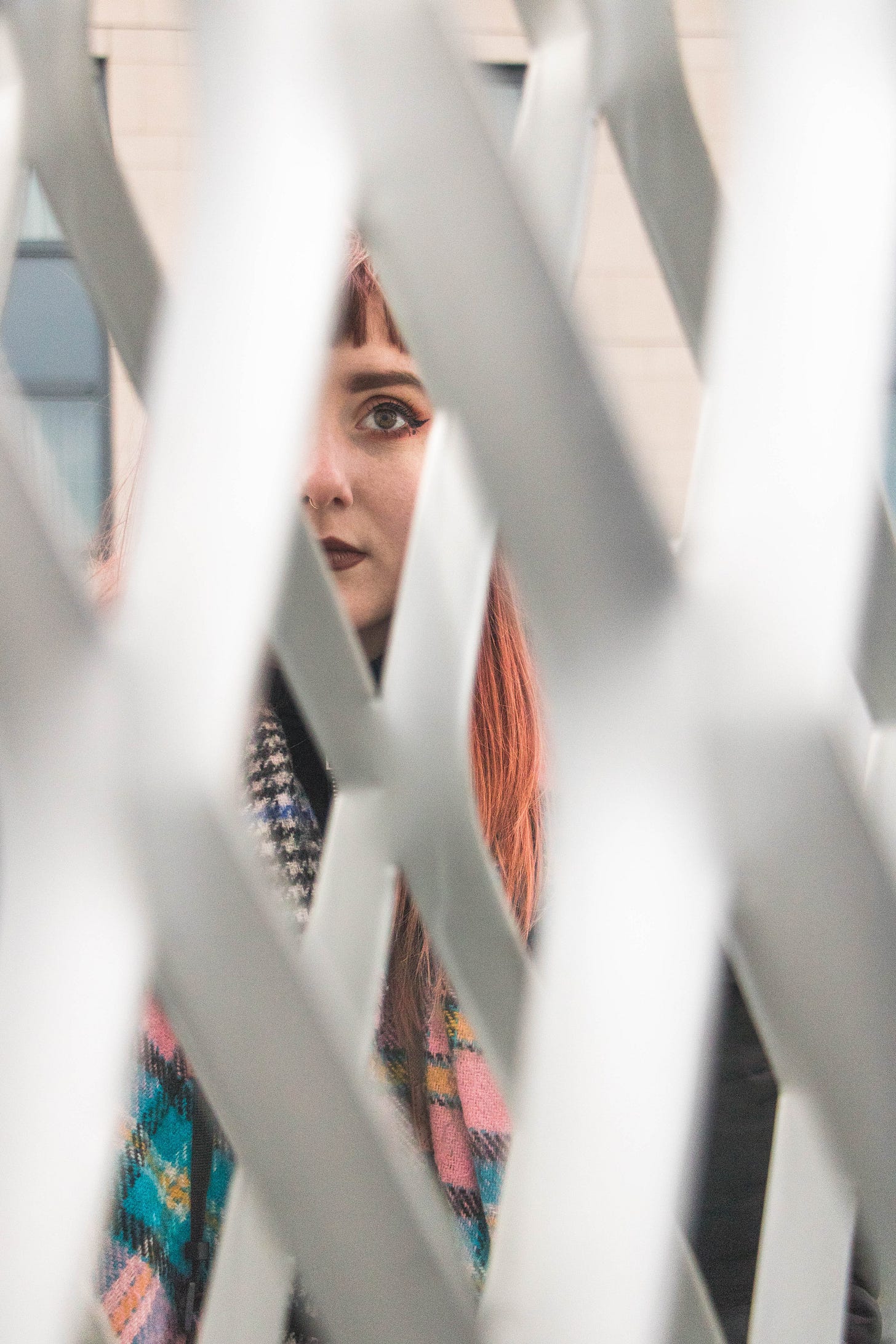Radical: MEMORY
This week's blog post touches on the very slippery nature of memories and how you can reinforce their "stickiness" through a full sensory experience.

Mind the Gap
A friend posted this week about a mishap that devasted her. She had lost 2.5 years’ worth of photos, videos, and texts due to a failure to back up her phone. Among them were cherished text exchanges and pictures of her recently passed grandma. They were very close. She shared that having access to those bits of digital data was the glue holding her together, softening her grief.
It made the pit of my stomach burn for the heartache it caused her. I imagine it felt like pouring salt on a fresh wound.
Her message got me thinking about the nature of why we assign meaning to things. Is it the token of the memory that's important; or is it a fear of losing the memory itself without a memento? Do we rely too heavily on technology to be the gatekeeper of our important moments? Why don’t we more readily trust our minds and hearts to stitch together the emotional quilt of meaning instead of external reminders?
I hold photographs in the highest esteem. Having been a portrait photographer for over 27 years, I’ve amassed so many images, both personally and professionally, that they have been organized like a library card catalog. I’m the keeper of so many families’ treasured memories, including my own. I especially enjoy looking at old photos that belonged to my grandparents; it feels like a connection lifeline.
Scientific studies have confirmed that your visual system is critically important to the understanding and interpretation of emotions. Your eyes are first responders, sending messages to your amygdala, the oldest part of your brain, that tells your body if you’re safe. More importantly, your ability to visualize, your internal mechanism, helps your brain create an emotional map as you take in sensory information. There is a close link between your visual field (both see and unseen) and your sympathetic nervous system. Once you imagine yourself in a space, place, or mental state, your subconscious digests that feeling and controls your emotional response.
When you rely exclusively on photographs to “fill the gaps” in your memory, it keeps you from fully embodying your feelings.
To fully embed memories, you also need to integrate them somatically. This requires present-moment awareness.
If you want to be sure to preserve a memory, visualization is your access point. The beautiful part of this immersion is that it encompasses so much more than just the image in your mind; it also calls upon other senses to hard code it into your memory bank. What did that moment sound like, taste like, and smell like? Can you recall any tactile sensations or temperature variances? Maybe you can remember what it felt like to be in that stage of your life.
When you string a full sensory experience together, it becomes a powerful memory aphrodisiac; effortless to recall and immersive yourself in at any time.
Photographs are wonderful reminders but, you open up to an even richer experience when you also engage in sensory visualization to revisit memories. They inherently become imbued with so much more meaning.
This is when you learn to live beside and around any gaps instead of trying to fill them in with keepsakes.




